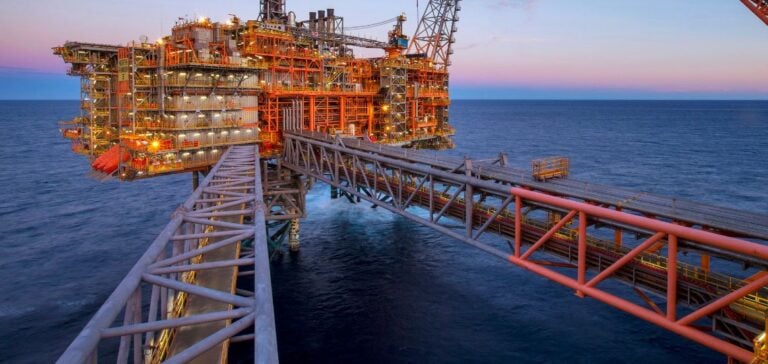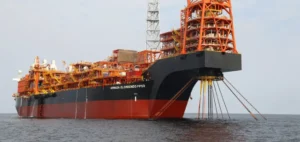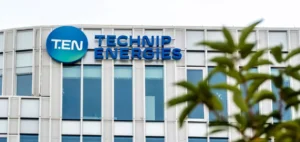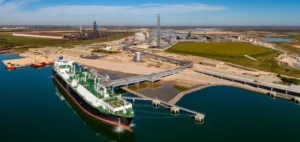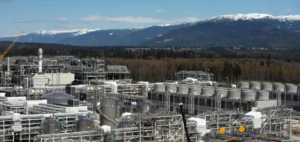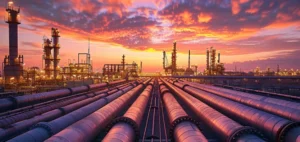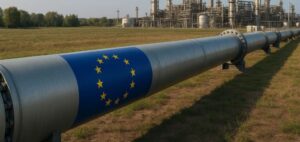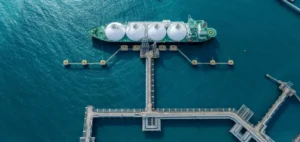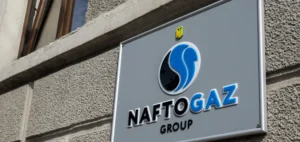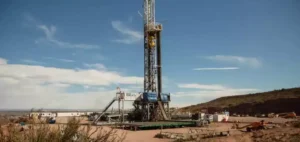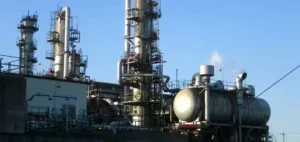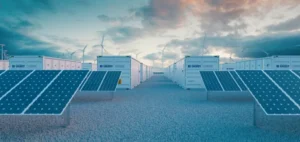Woodside Energy has finalized an asset exchange agreement with Chevron, consolidating its position in the North West Shelf (NWS) project in Australia. This exchange allows Woodside to acquire a 16.67% stake in the NWS and NWS Oil projects, as well as a 20% share in the Angel carbon capture and storage (CCS) project.
In return, Woodside transfers its 13% stake in the Wheatstone project and 65% stake in the Julimar-Brunello project, according to the announcement made on December 19. This agreement strengthens Australian gas projects and simplifies resource management for both companies.
Increased potential for decarbonization
The Angel CCS project, included in this exchange, positions itself as a multi-user carbon storage solution in Western Australia. According to Woodside, this acquisition accelerates the implementation of decarbonization projects within the Karratha Gas Plant, a key infrastructure for gas processing.
Furthermore, this agreement takes place in a context where the NWS project extension has been approved by the government to operate until 2070. This regulatory framework opens up opportunities to maximize processing capacity utilization while promoting an integrated energy transition.
Measured impact on reserves and production
The combined production of Woodside and Chevron highlights the importance of this exchange for their portfolios. Until September 2024, the daily production of the Wheatstone project, ceded to Chevron, reached 34,000 barrels of oil equivalent per day, while the NWS projects contributed 54,500 barrels of oil equivalent per day.
The exchange also results in a net increase of 9.6 million barrels of oil equivalent in Woodside’s proven and probable reserves (2P), starting January 2024. Chevron, for its part, focuses its efforts on its historical assets while continuing to play a strategic role in the NWS.

